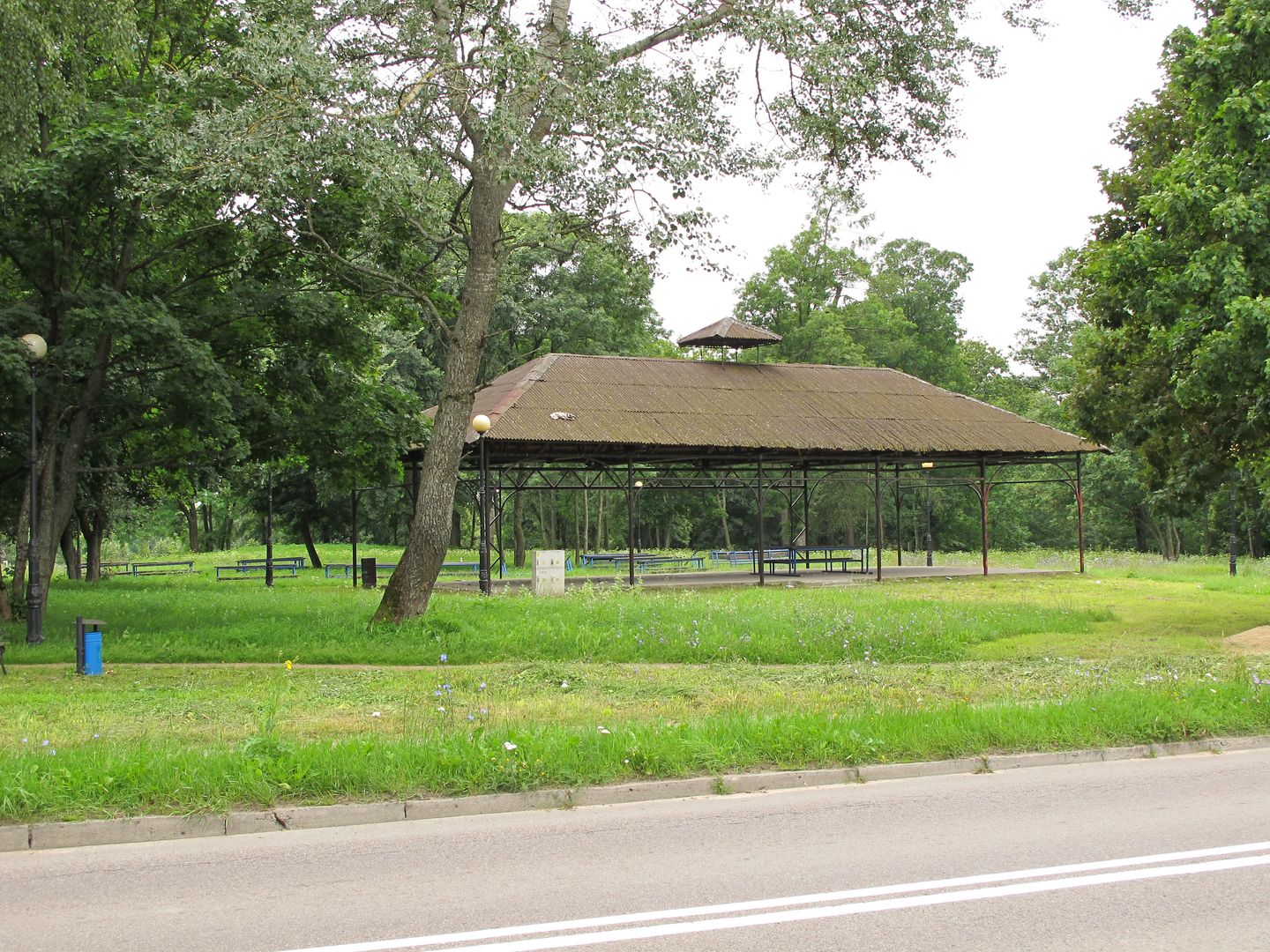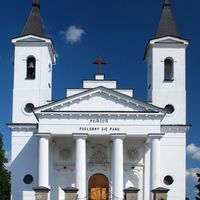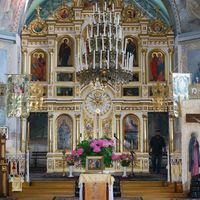Zabłudów
6.62

Overview
Zabłudów is a town in the Podlaskie Voivodeship, located approximately 20 kilometers southeast of Białystok, with a rich history dating back to the 16th century. The town was established under Magdeburg Law in 1553 by Grzegorz Chodkiewicz. Zabłudów stood out as an important center of the Reformation, with active religious and cultural life, evidenced by the operation of a printing house and the foundation of both a Catholic church and an Orthodox church. Today, visitors can admire the classicist parish church of St. Peter and Paul, built between 1805 and 1840, and the Orthodox church of the Dormition of the Most Holy Theotokos, constructed from 1847 to 1855, both significant examples of local architecture. The town also features cemeteries, including a Jewish cemetery with tombstones and a rabbi's tomb, as well as the Baroque-style chapel of St. Mary Magdalene. Historically, Zabłudów was a magnate center with substantial estates, and its history is marked by events such as fires, wartime destruction, and changes in administrative affiliation. After World War II, the town was heavily damaged, and most of its valuable monuments were destroyed, including the 17th-century synagogue, which was one of the most important of its kind in Poland. An interesting fact is that in 1965, an event known as the "Zabłudów miracle" occurred. The town's demographics have remained relatively stable over the years, with minor fluctuations in population, a significant portion of which was historically Jewish. Traces of Jewish culture remain in the town's architecture, reflecting the complex history of the area. In recent years, Zabłudów has undergone infrastructure modernization, including street improvements, which have significantly enhanced transportation. The town is also the seat of the gmina (municipality), which actively works to protect the region's culture and history. Today, as part of the Białystok agglomeration, Zabłudów blends tradition with modernity, making it an interesting place both to live and to visit.
Location
2025 Wizytor | All Rights Reserved

